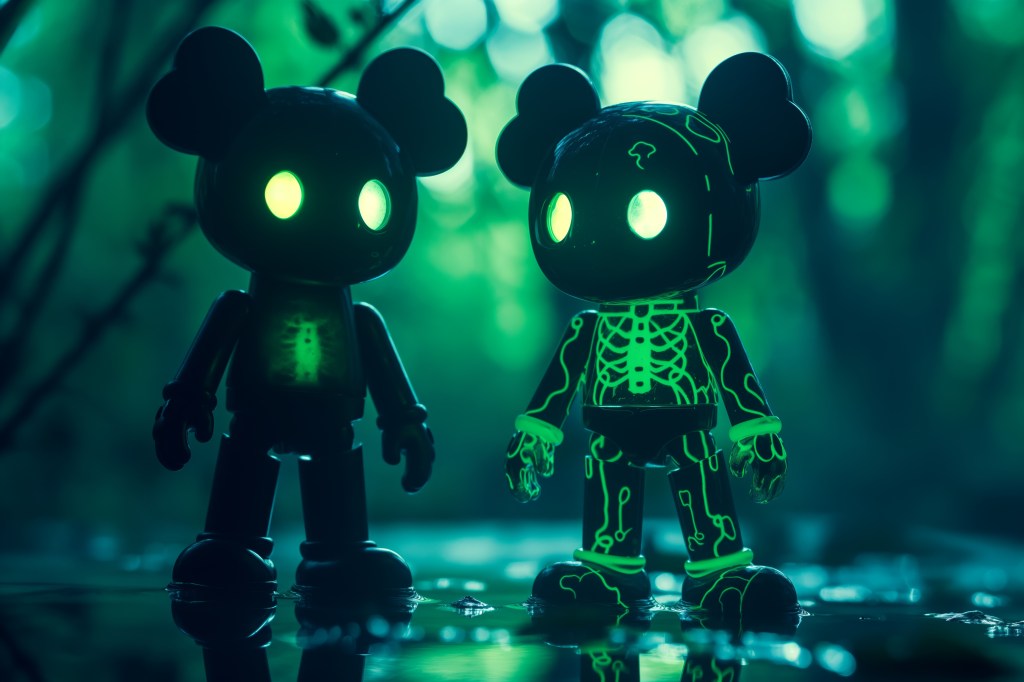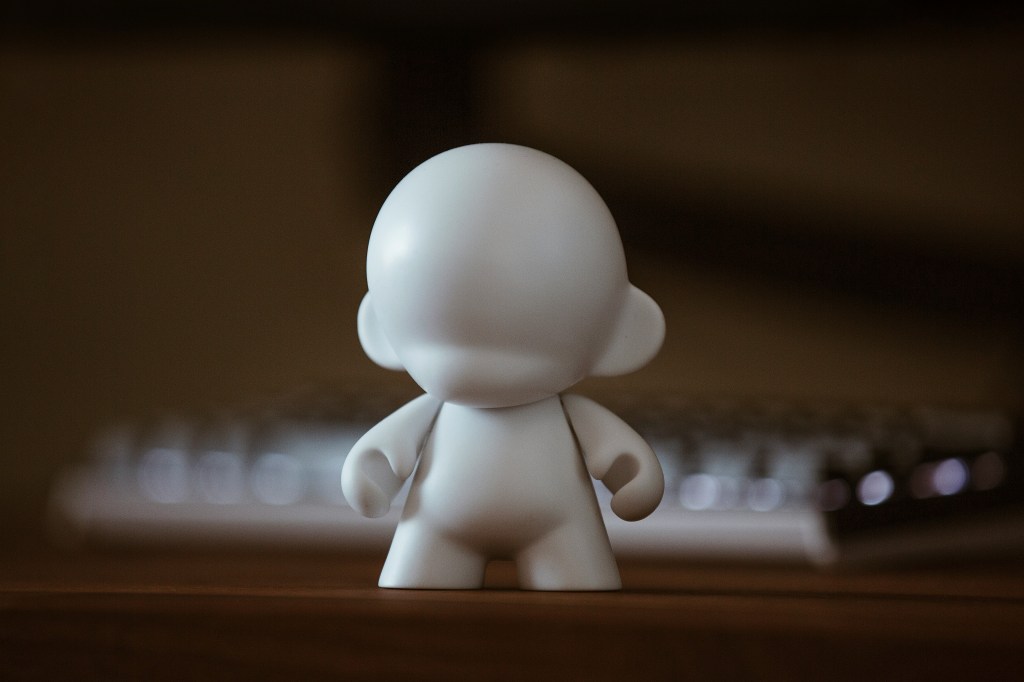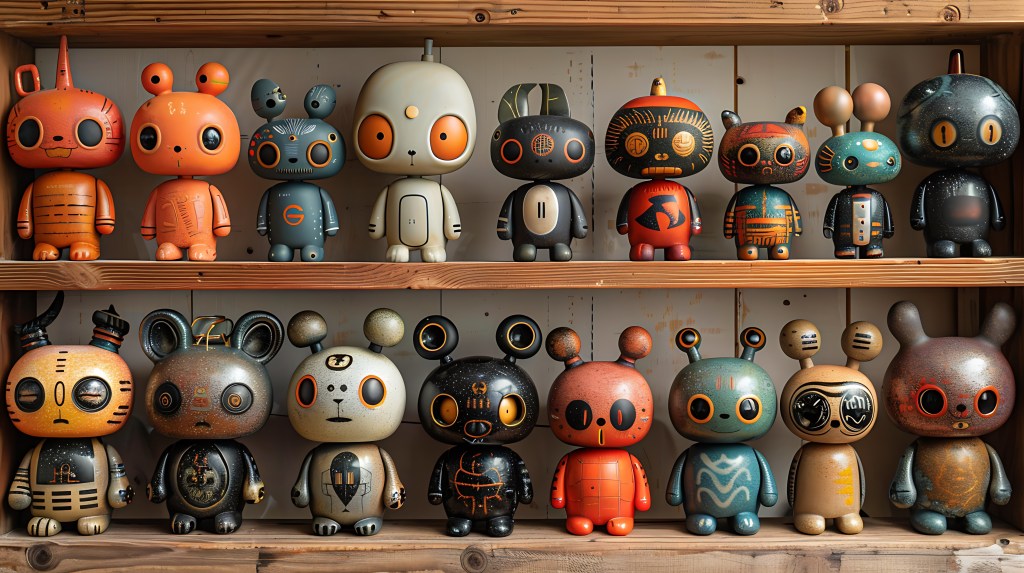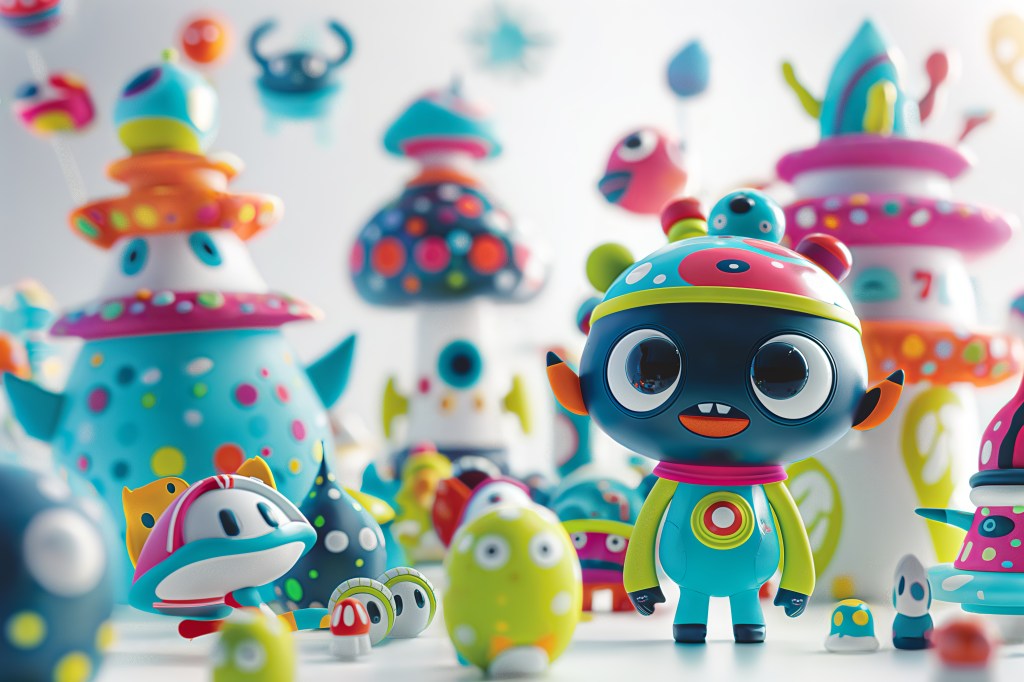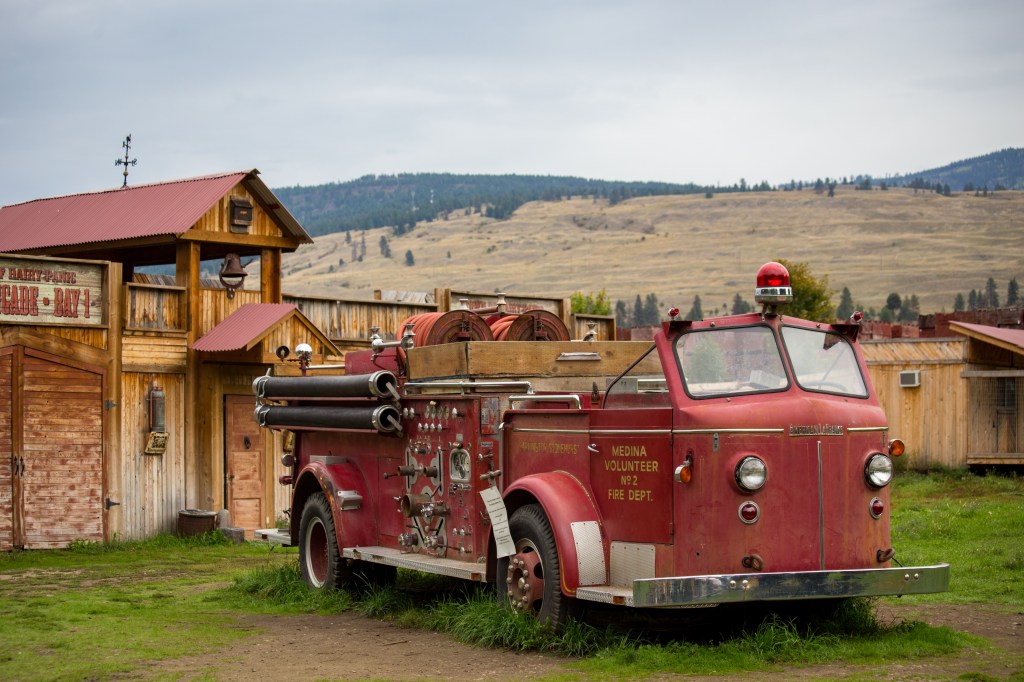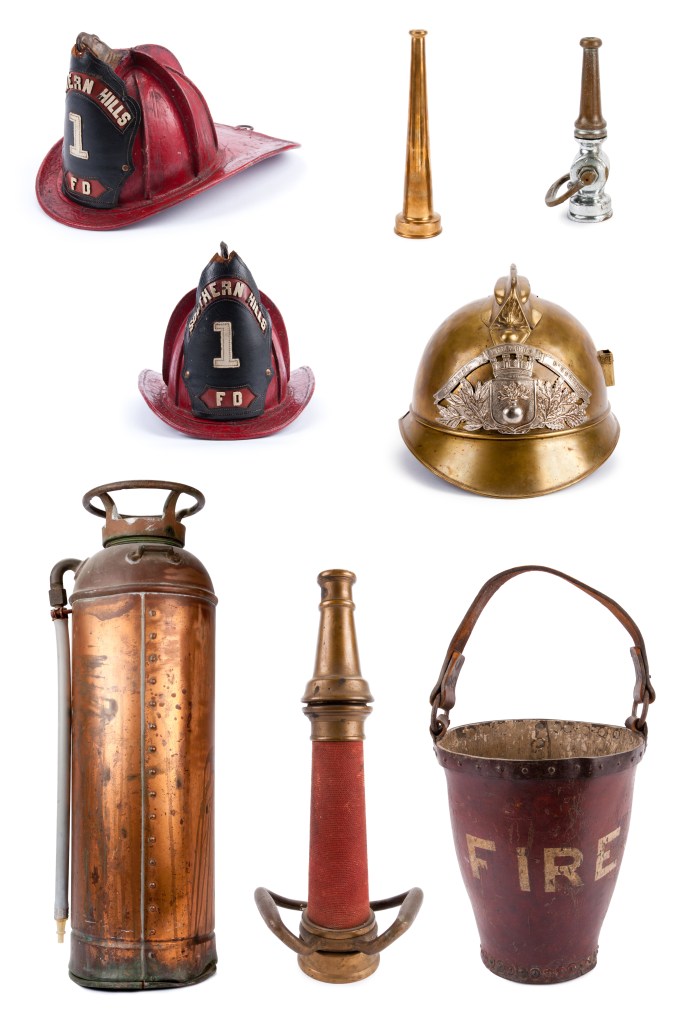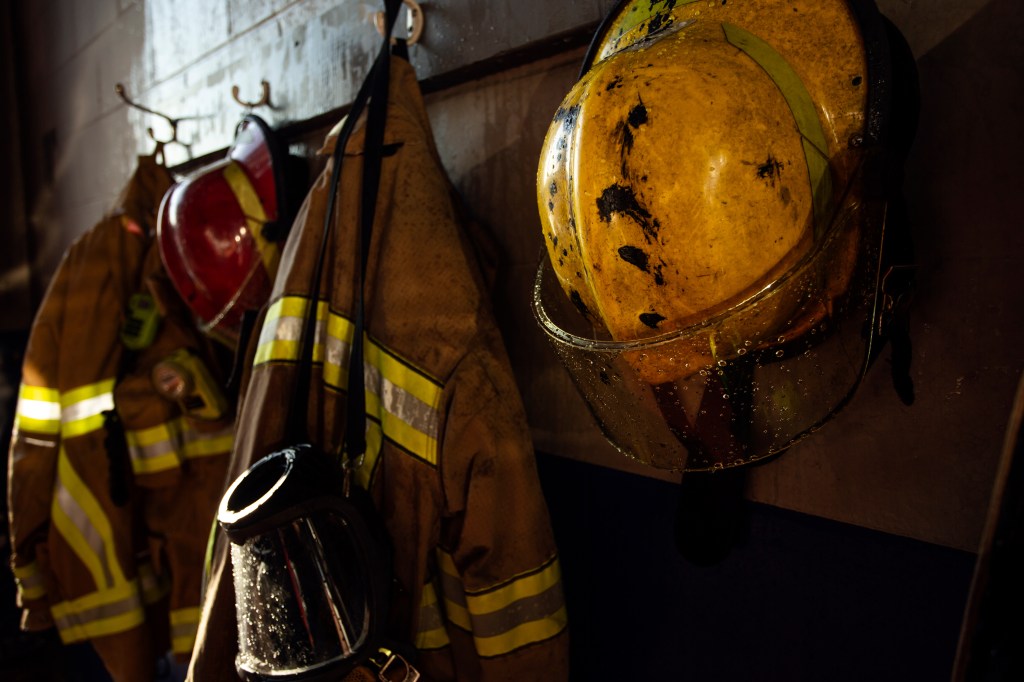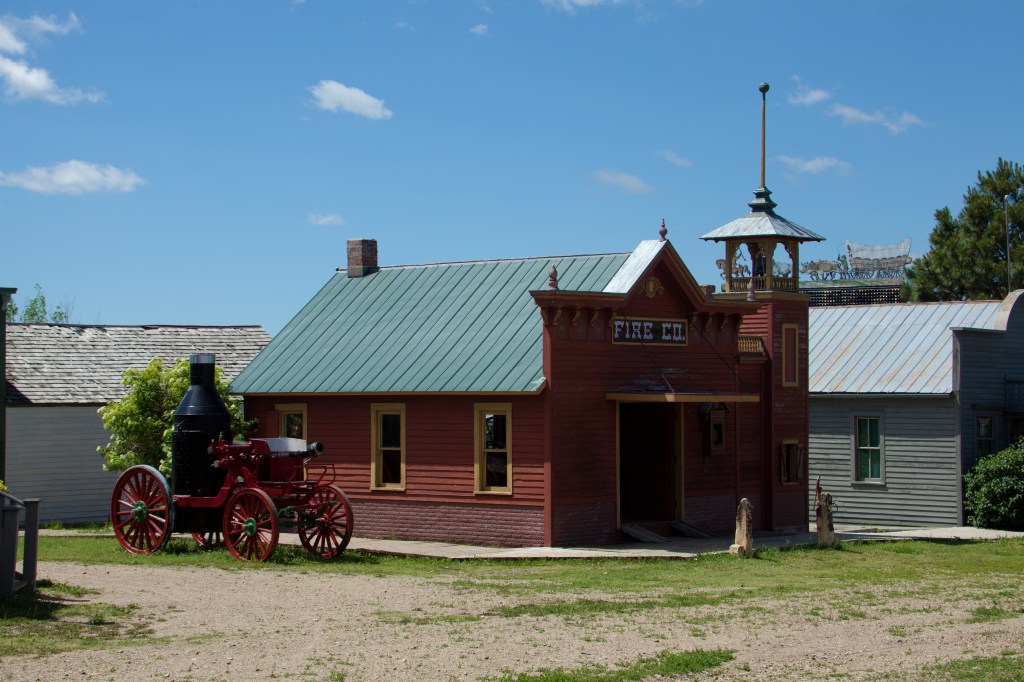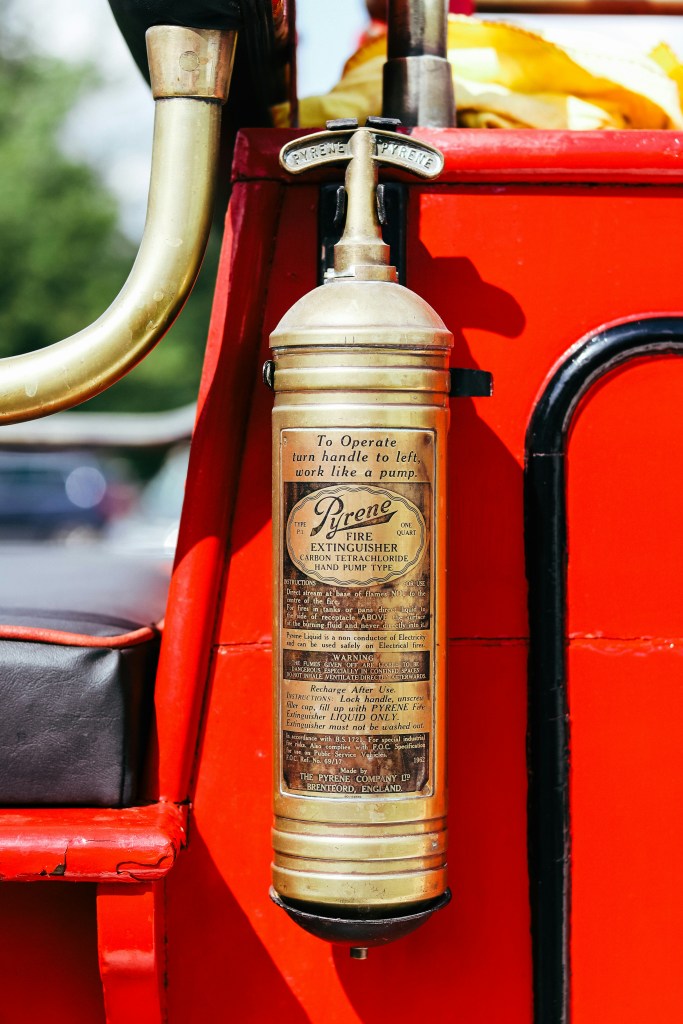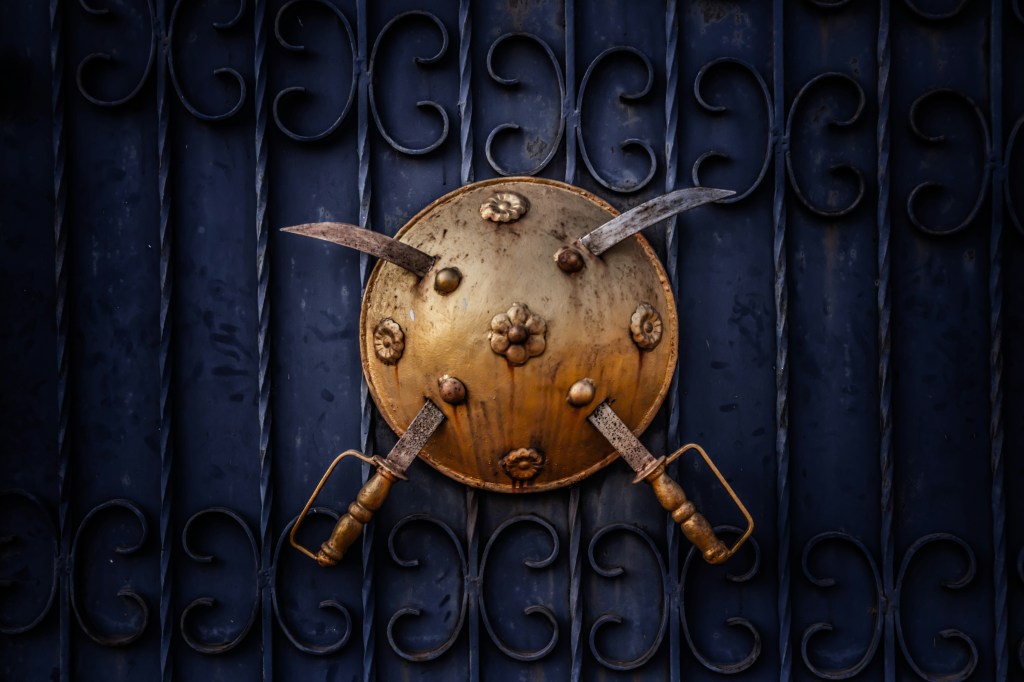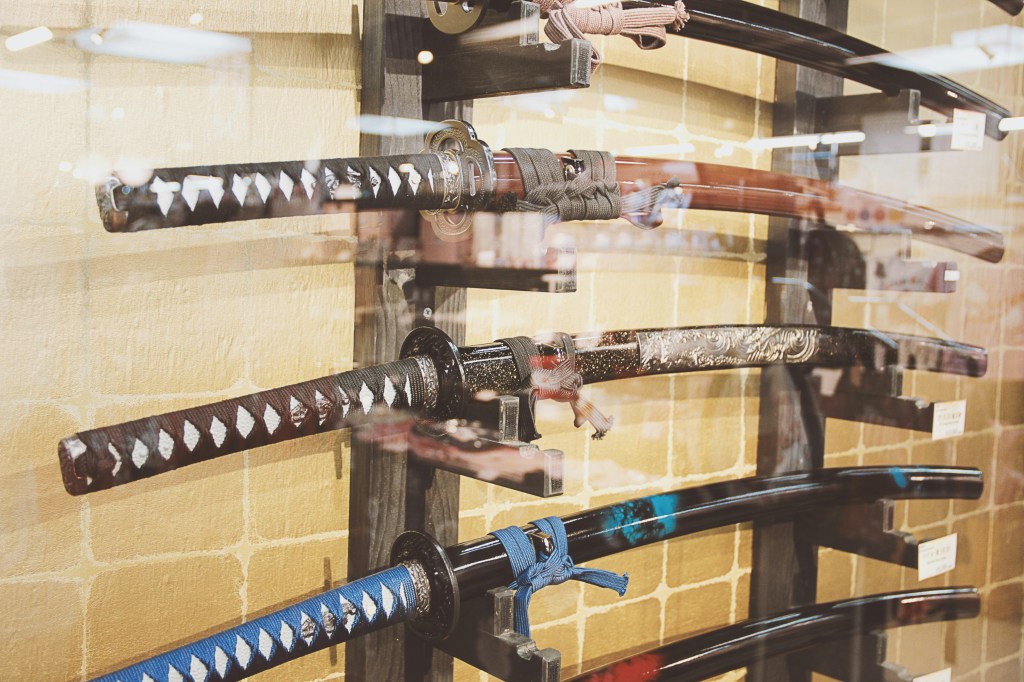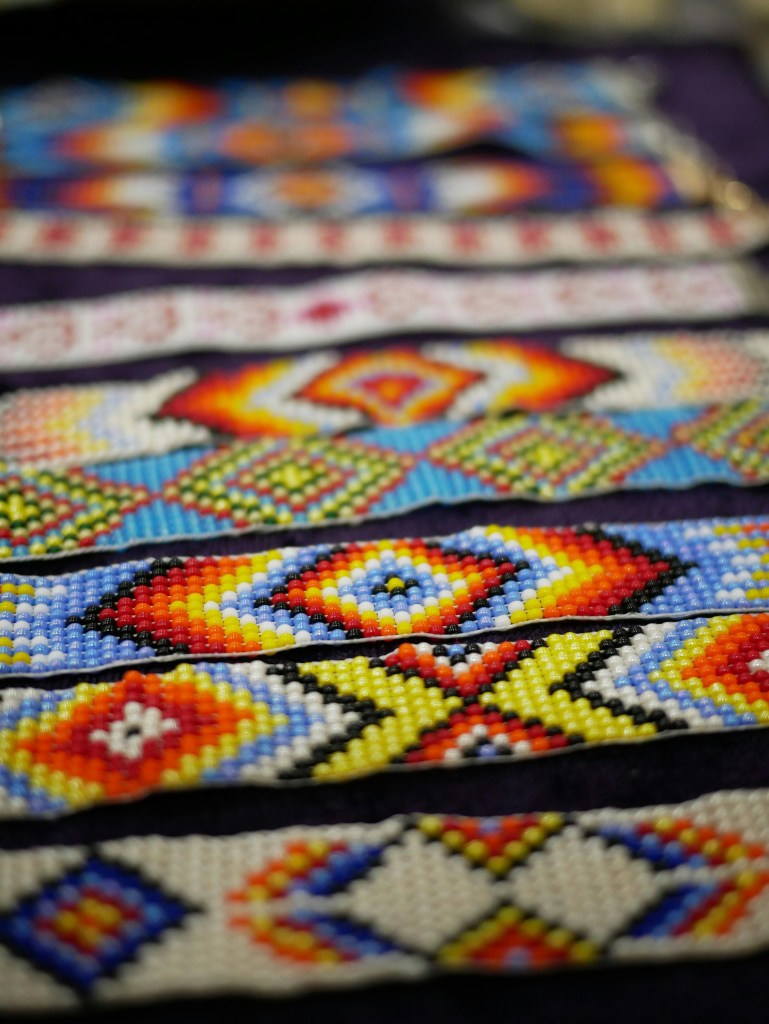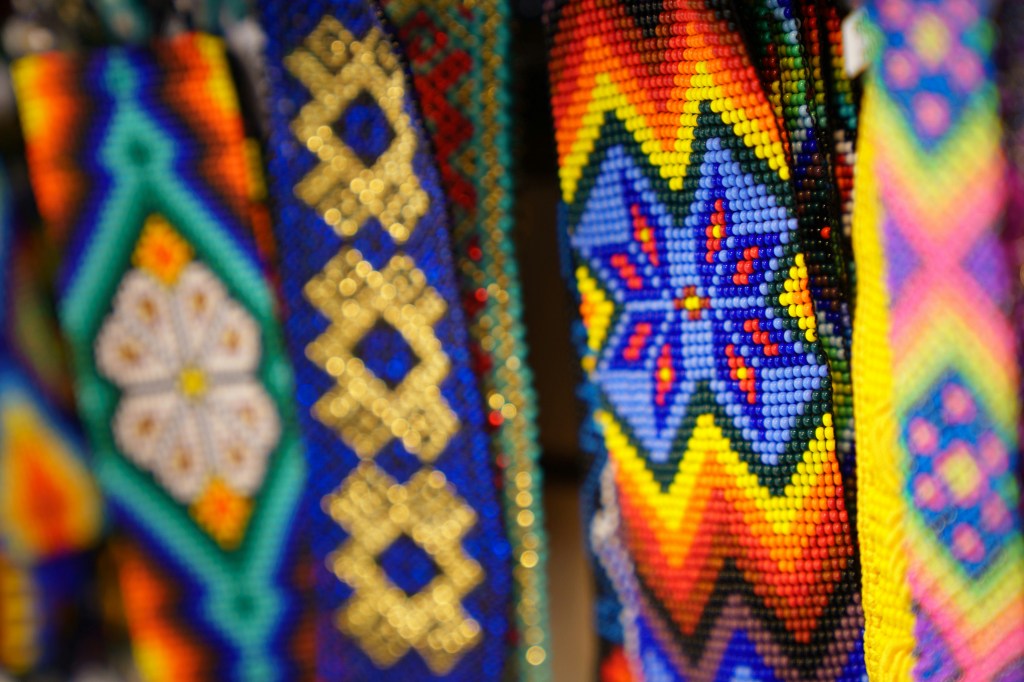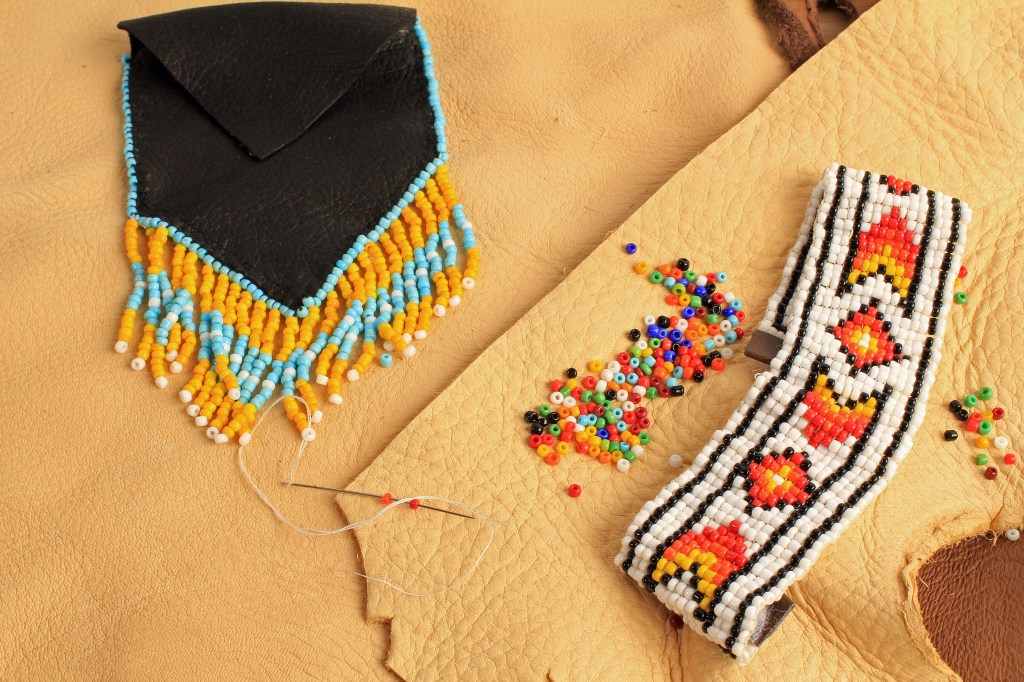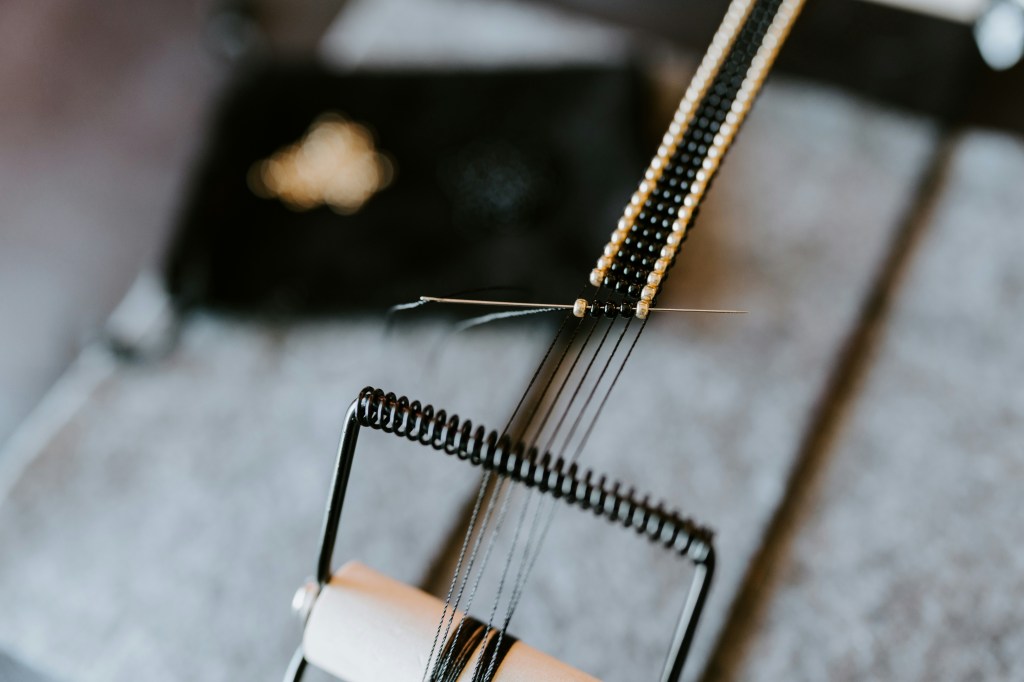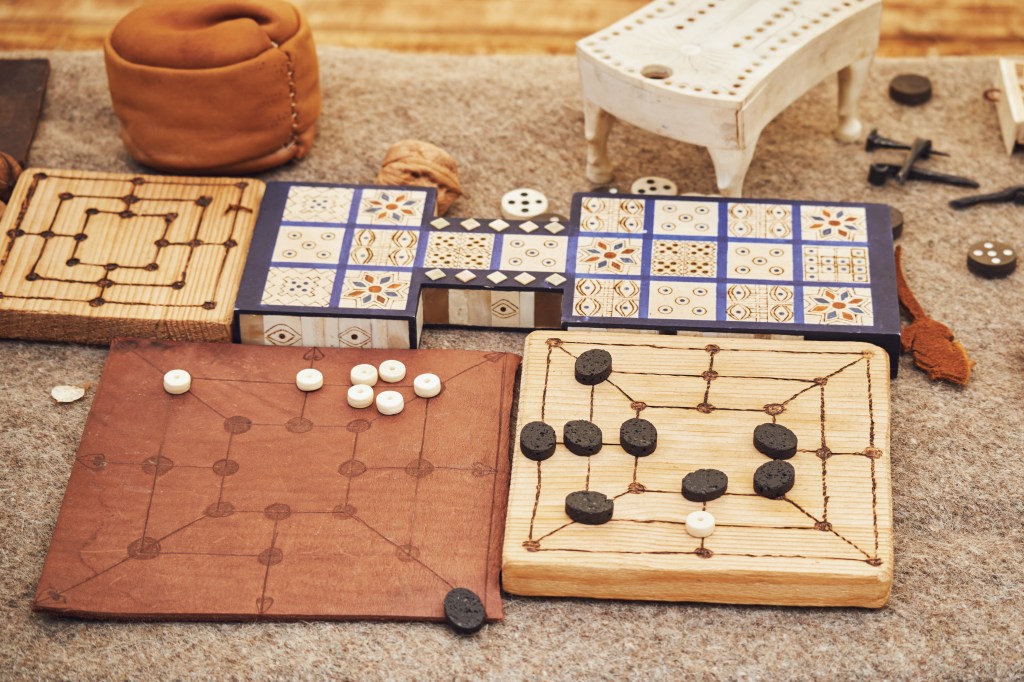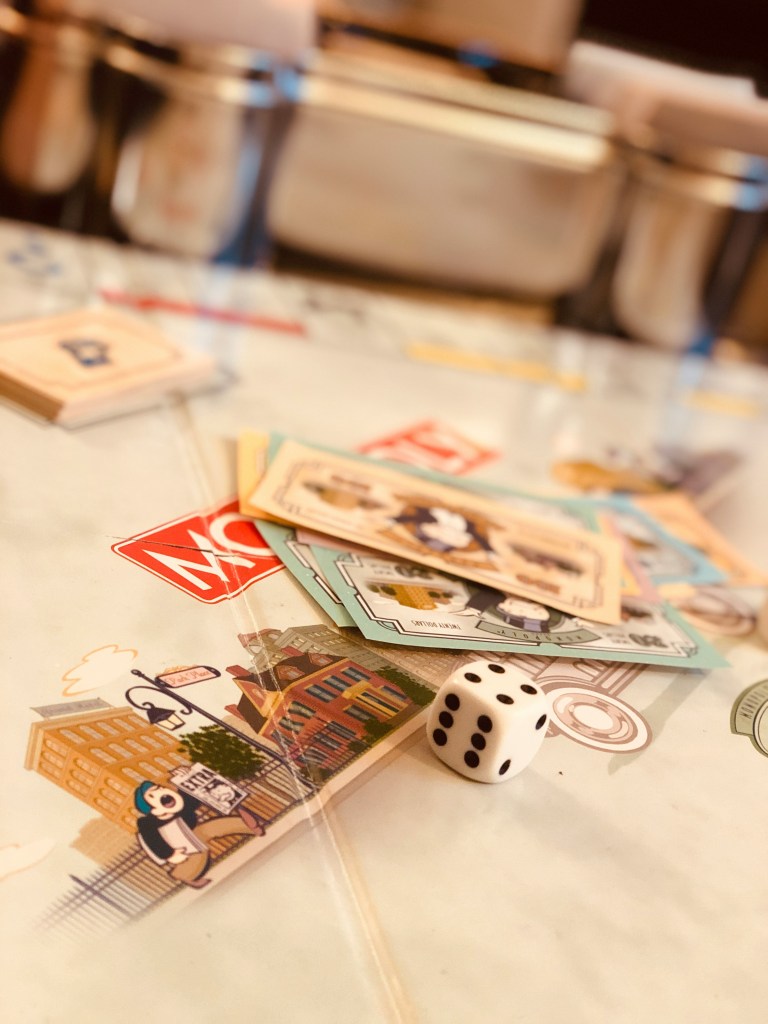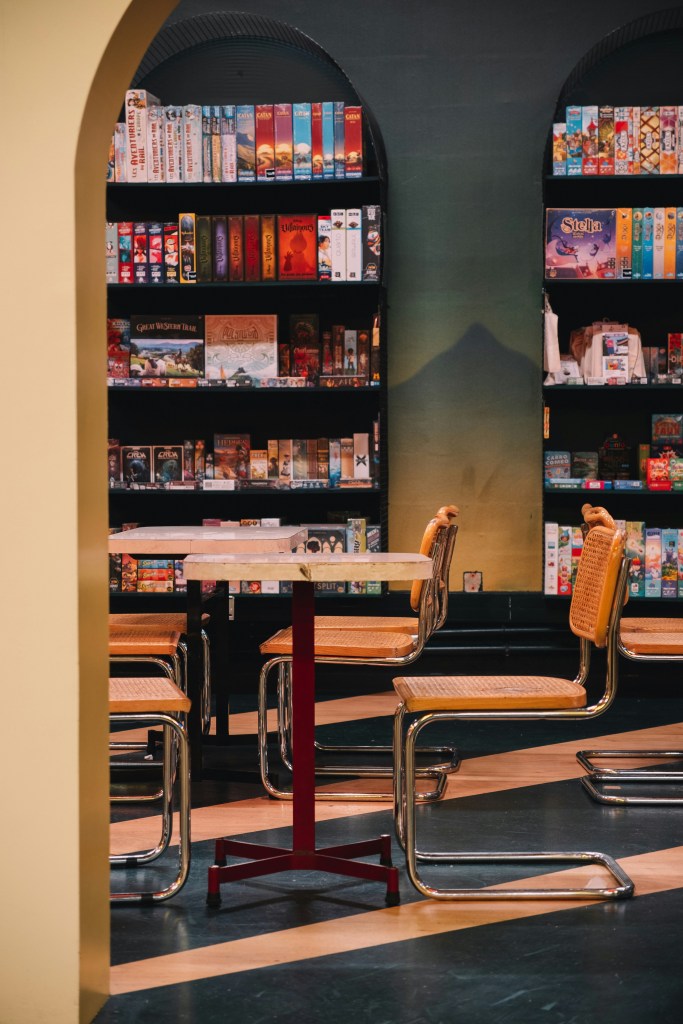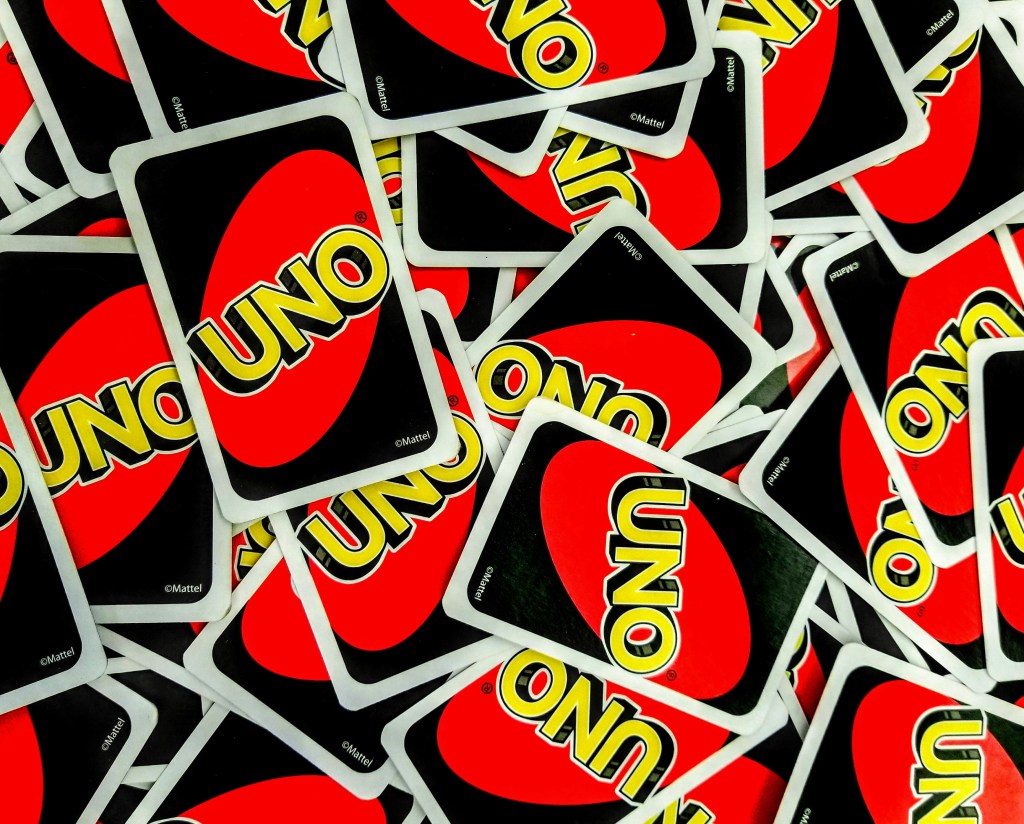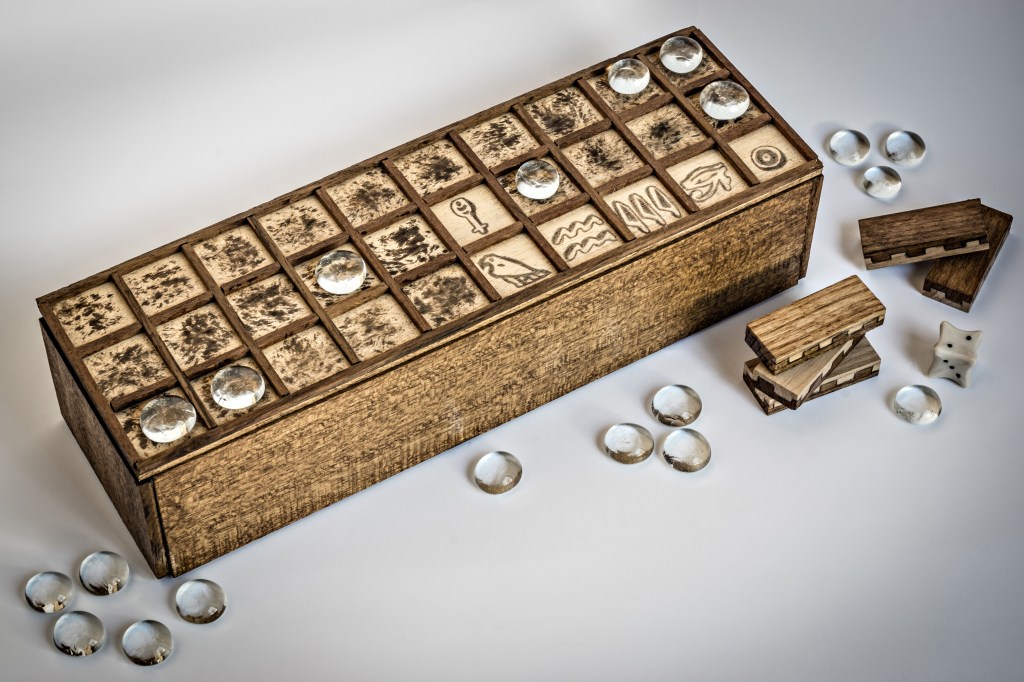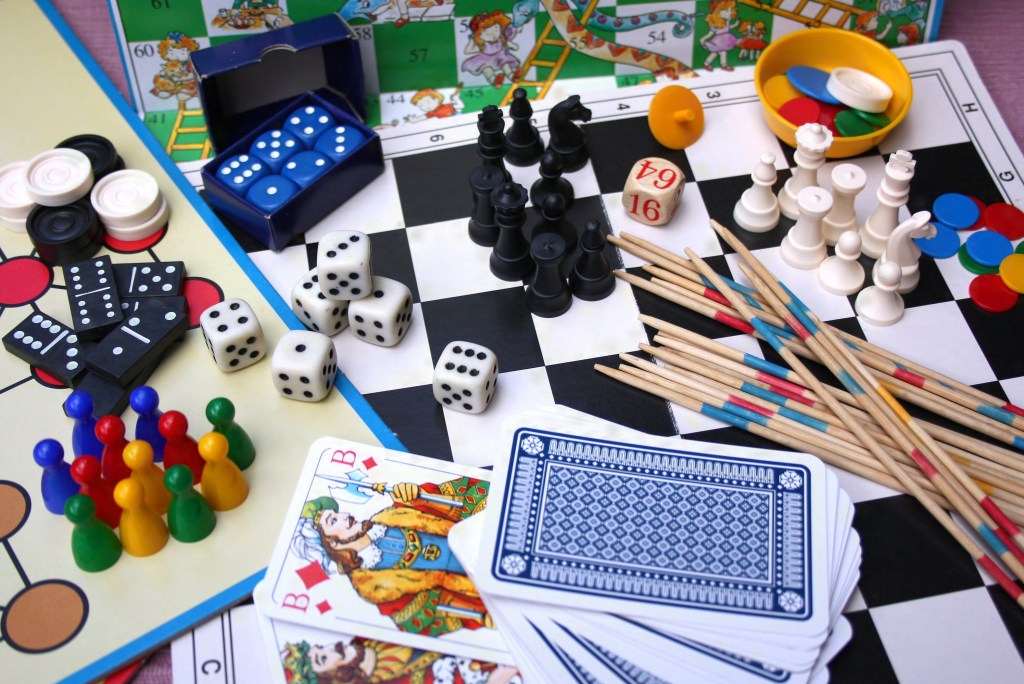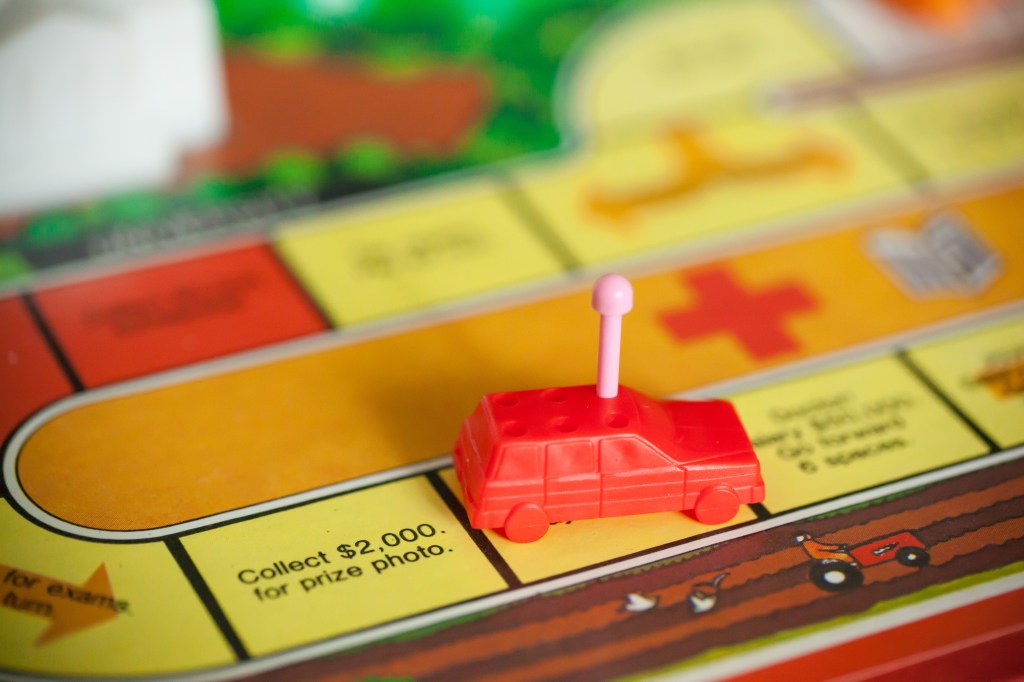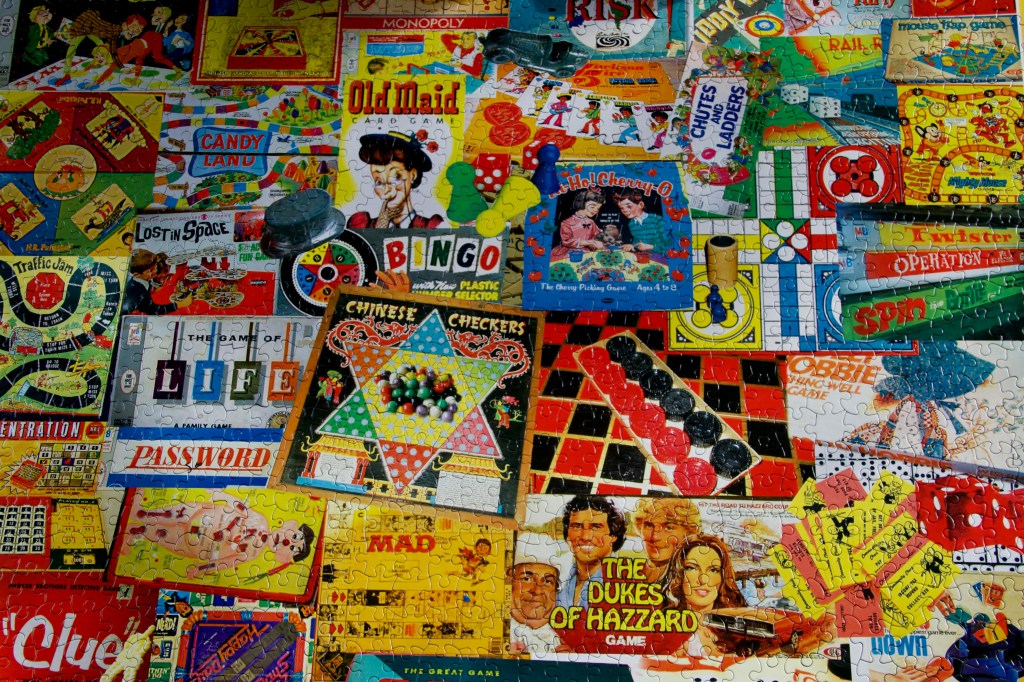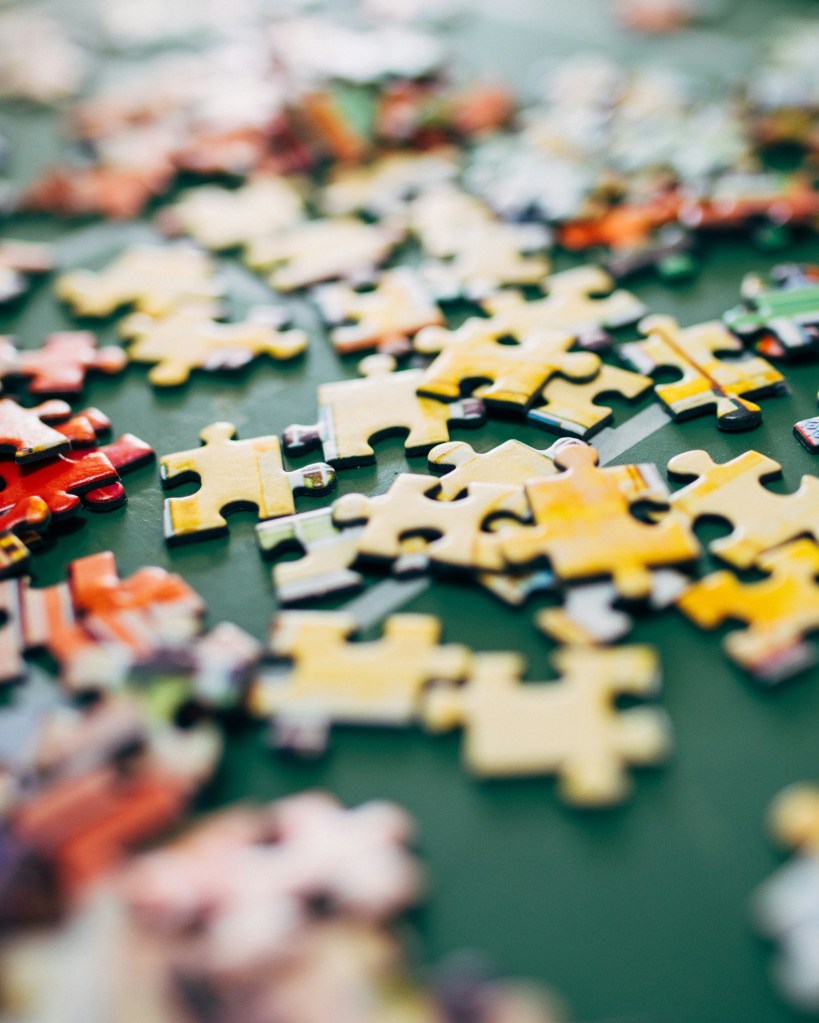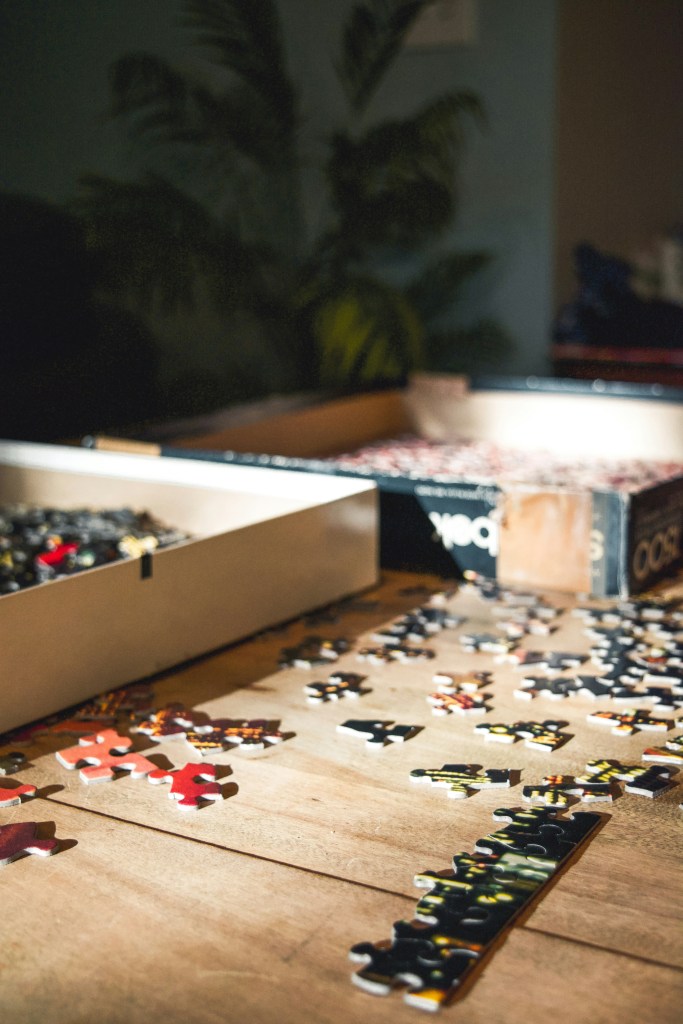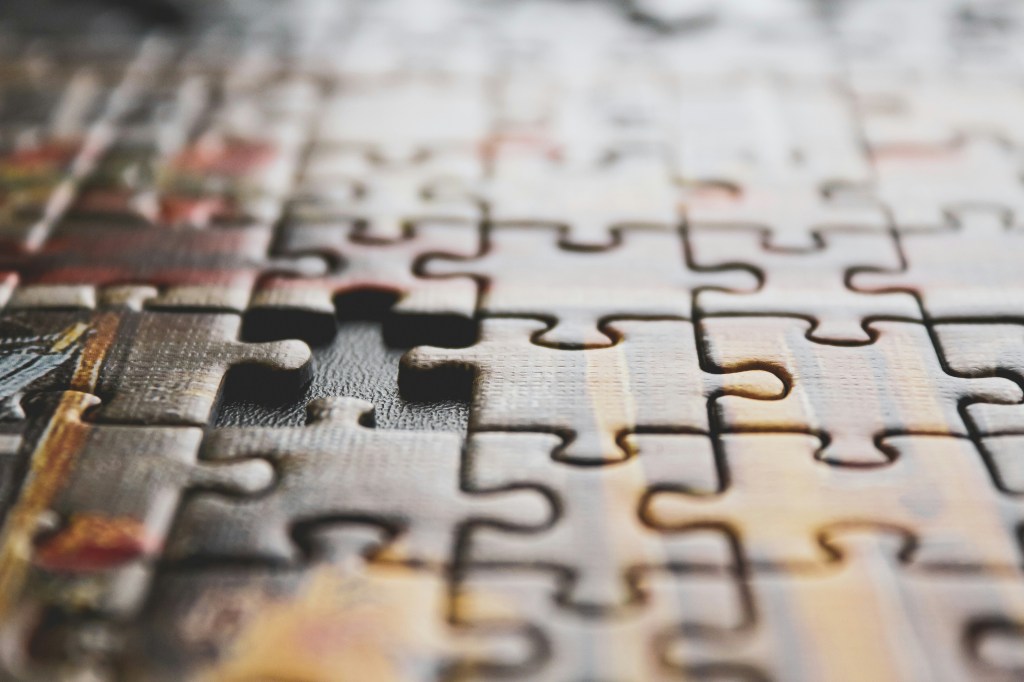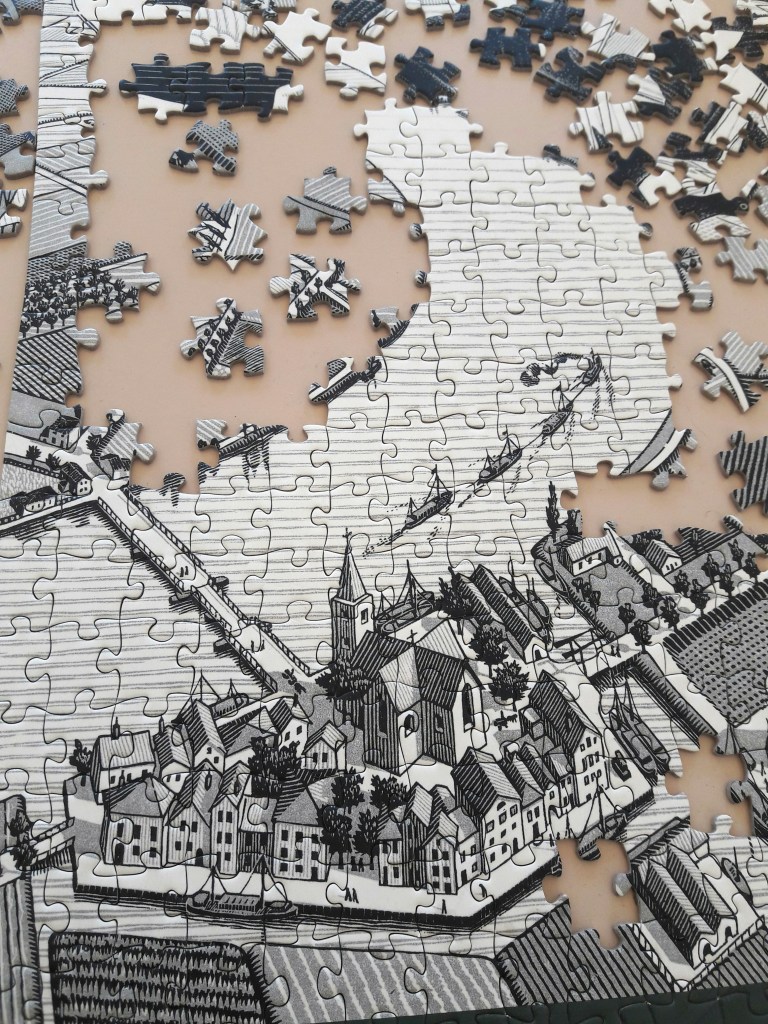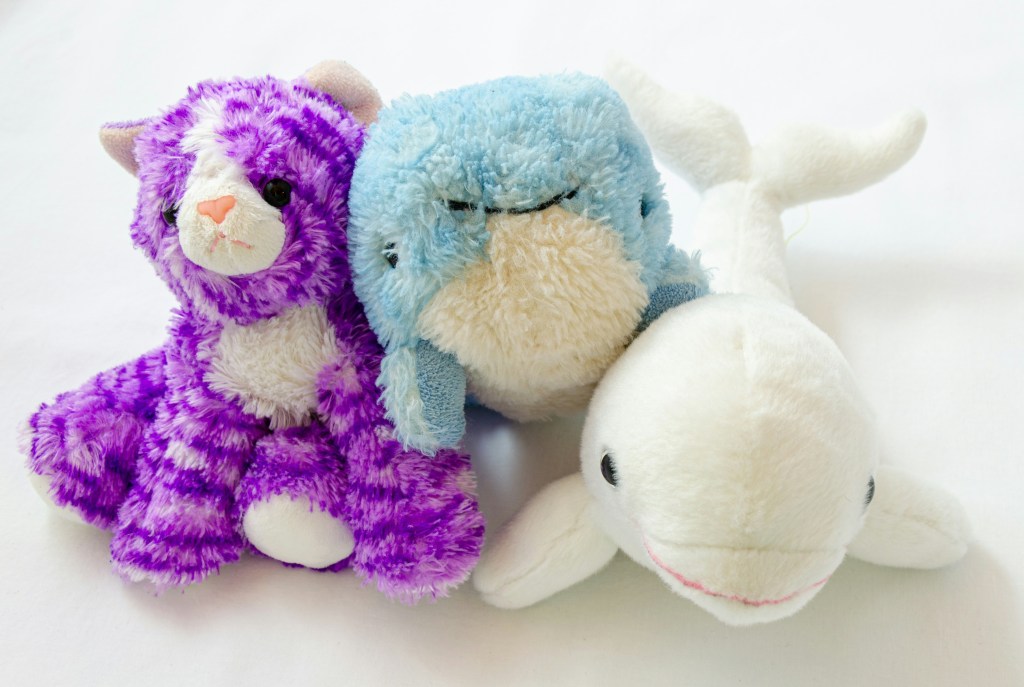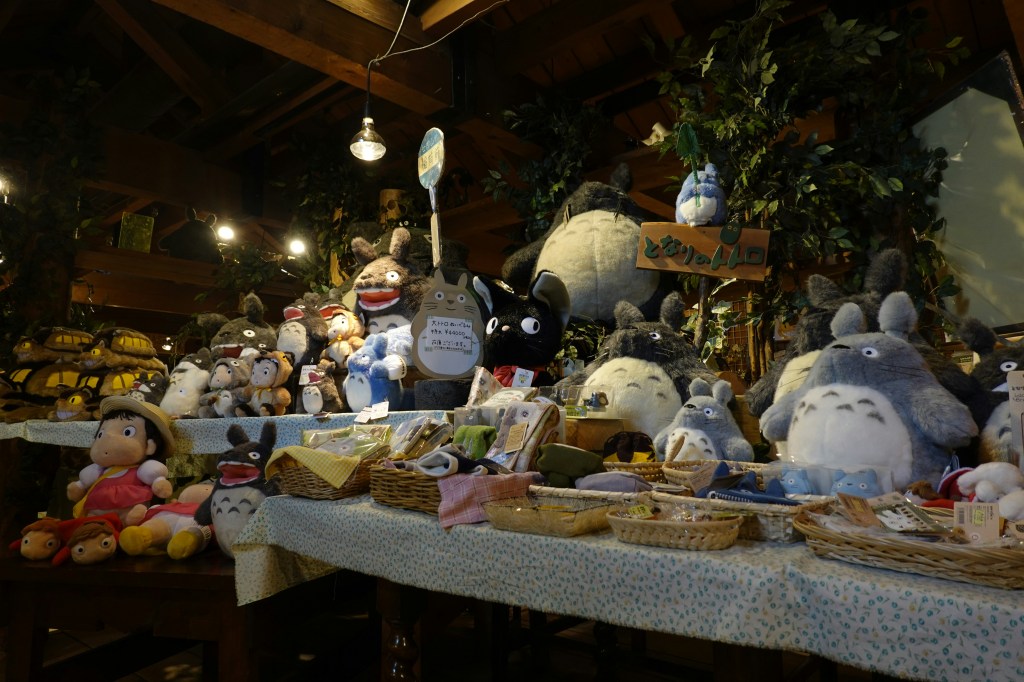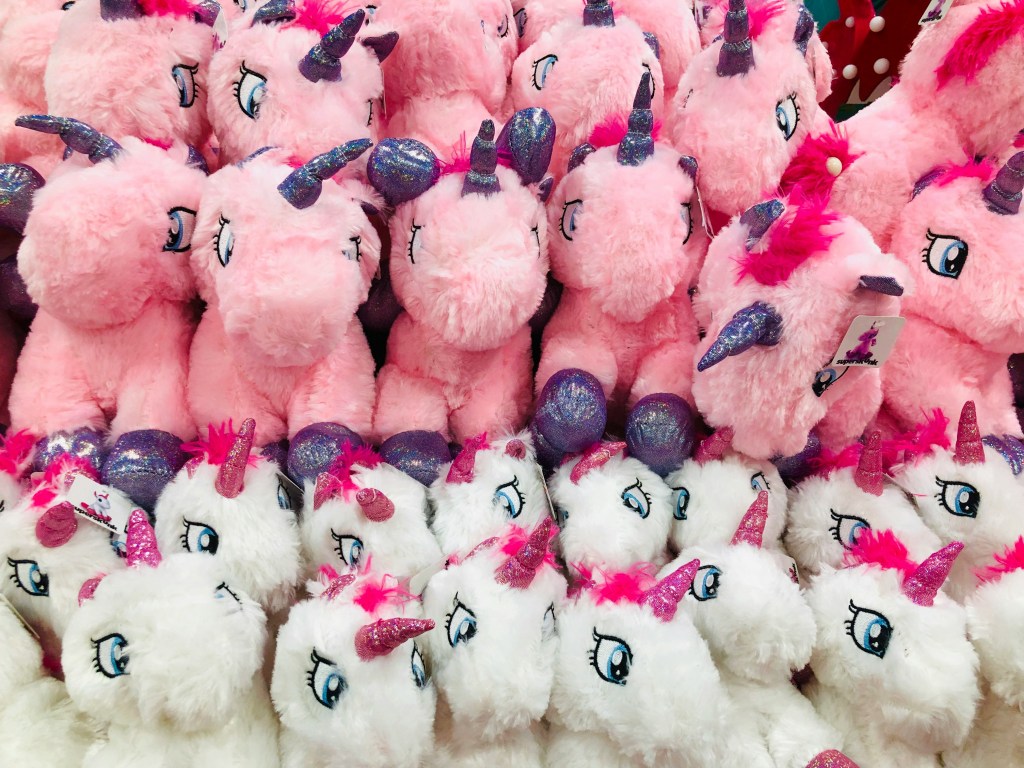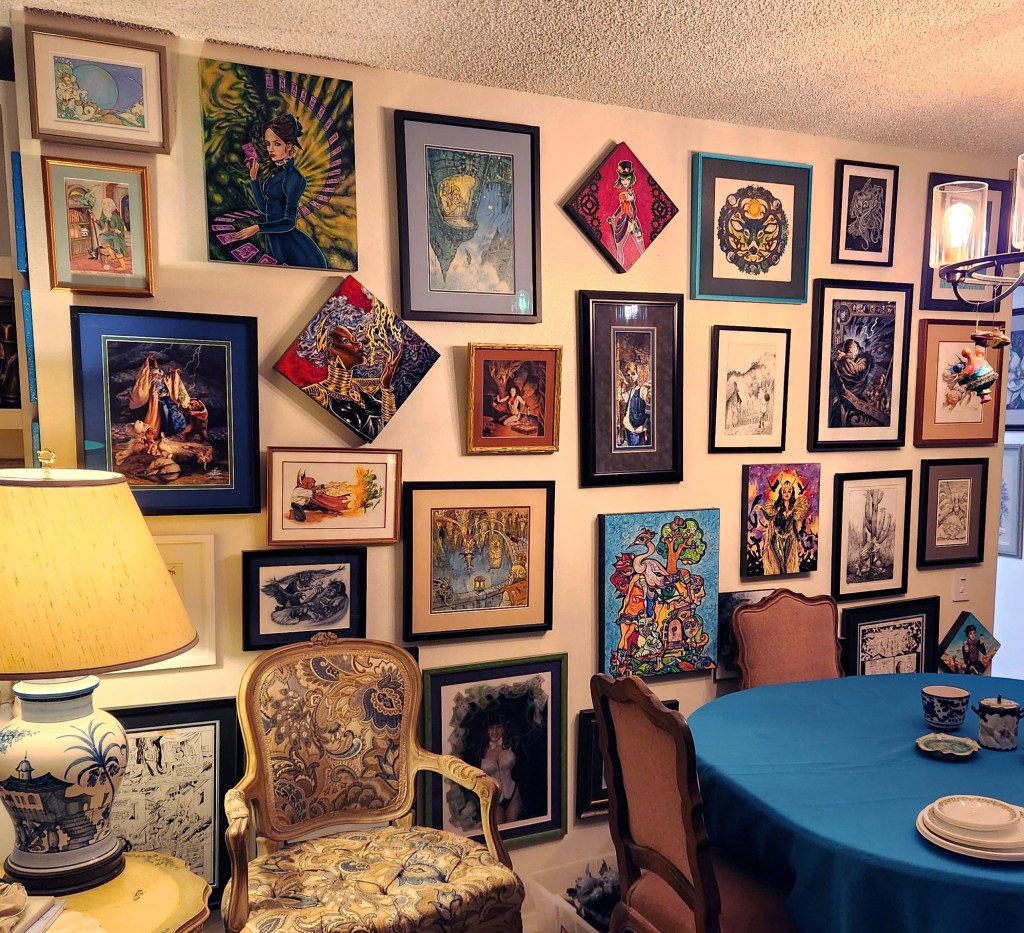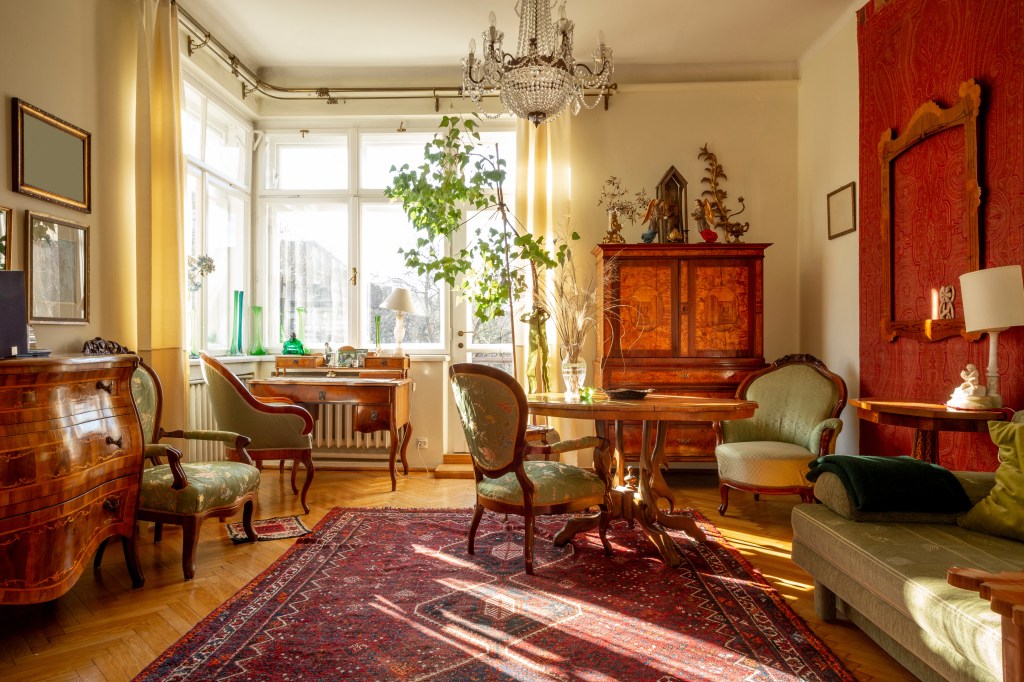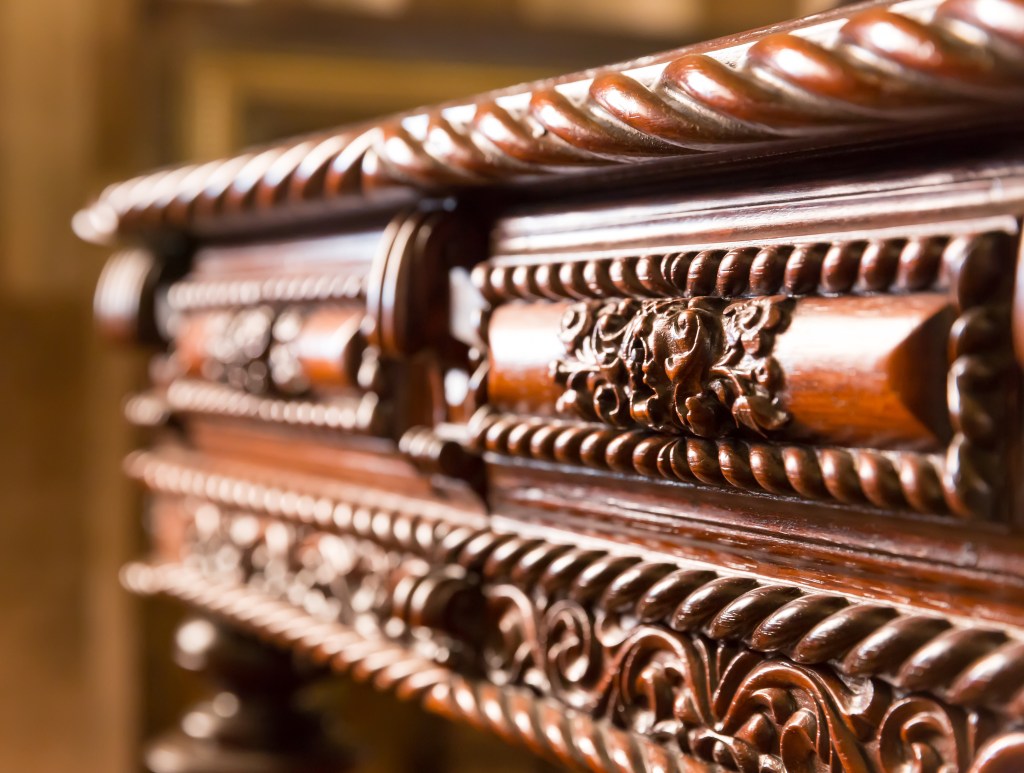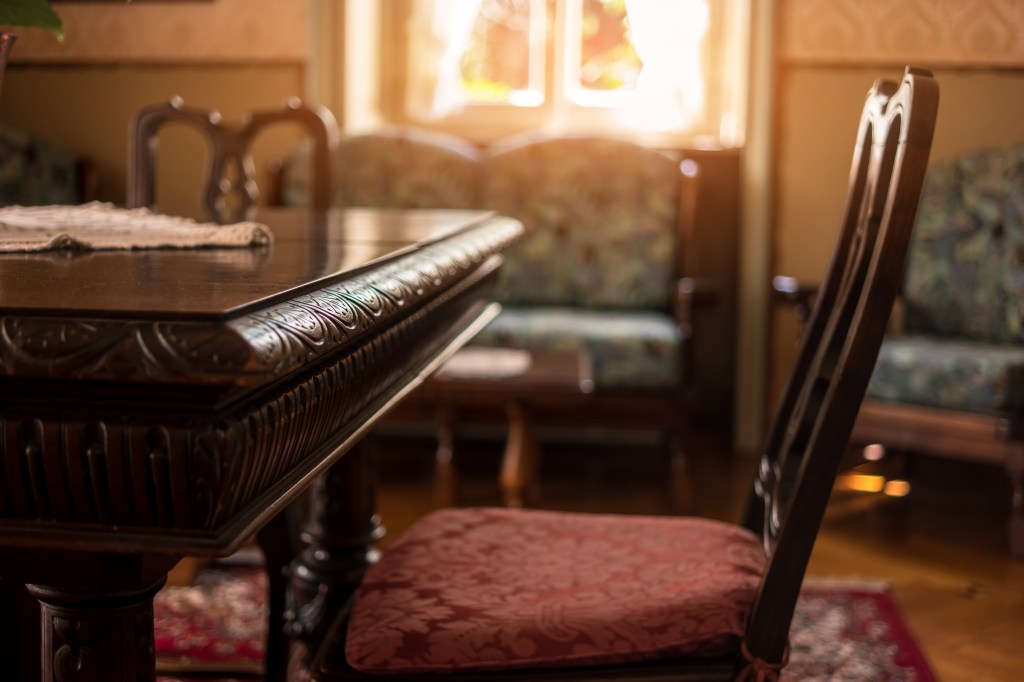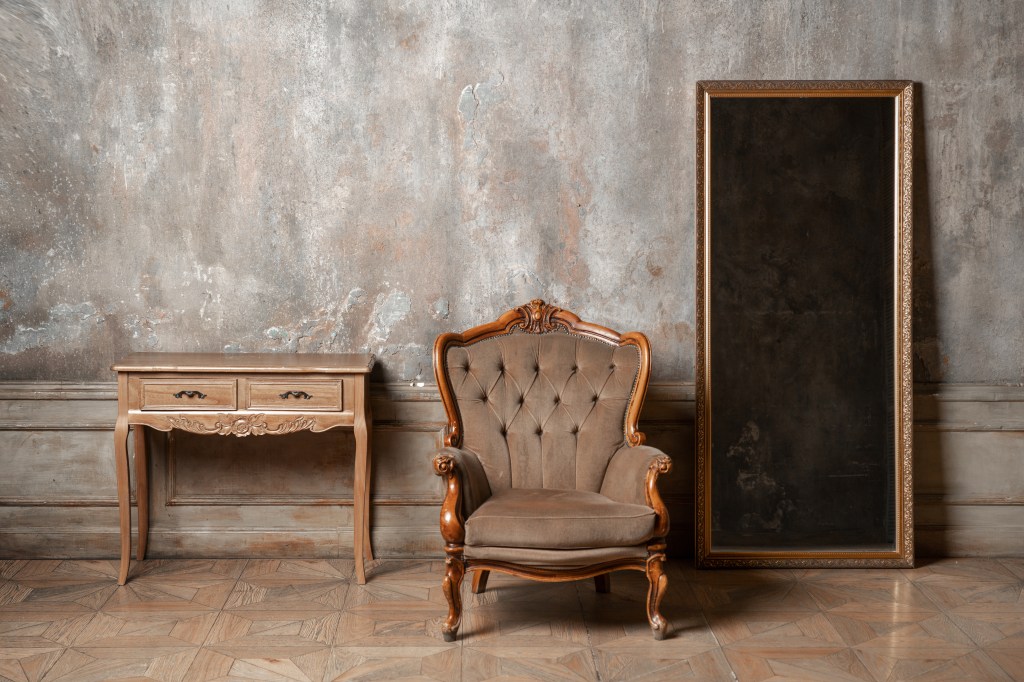Introduction to Rare Stamp Collecting
Dive into the enchanting world of rare stamp collecting – a hobby that combines the allure of history, art, and politics into miniature masterpieces. Whether you’re a seasoned collector or just starting, understanding the roots of philately and what drives its enthusiasts offers a glimpse into the world of stamp collecting.
The tradition of stamp collecting traces back to the first half of the 19th century, with the release of the Penny Black in Great Britain in 1840. This first postage stamp marked the beginning of an era, as the Industrial Revolution and improvements in postal services fueled the growth. Stamps continue to captivate collectors, with each new issue telling a new story.
Why should you collect stamps? Stamps are more than just small pieces of paper to put on your envelopes. They are snapshots of history and capture significant events, cultural shifts, and artistic movements. Stamp collectors find it a relaxing retreat from the hustle and bustle of modern life, providing a unique way to disconnect and engage in a hobby. In addition, stamp collecting fosters a community spirit, bridging the gap between generations and connecting individuals with shared interests.
The world of stamp collecting is a gateway to exploring the rich tapestry of the globe, cultures, histories, and art, all from the comfort of your home. Learn more about international stamps and how to start your collecting journey.

Unveiling Philatelic Wonders: A Global Perspective
Embarking on a journey across the globe to explore the most intriguing and sought-after postage stamps is not just a hobby but a deep dive into the rich tapestry of world cultures and histories.
These postage stamps are more than just items for collection—they are miniature gateways into a country’s heritage, capturing the essence of national symbols, landmarks, and significant individuals. The astonishing variety in the design and techniques of these stamps, from lithography and engraving to digital art, showcases the aesthetic and artistic sensibilities of various eras and highlights the advancements in artistic printing technologies of their times.
More than just artistic expressions, stamps serve as historical documents encapsulating the cultural zeitgeist. They reflect the sociopolitical climate and commemorate significant events such as a country’s independence, scientific achievements, and iconic figures. Stamps can also act as powerful propaganda tools, promoting ideologies, instilling national pride, and boosting people’s morale during turbulent times.
Global stamp varieties
Among the rare global stamps is the British Guiana One-Cent Magenta, celebrated as the world’s rarest stamp. This iconic postage stamp is steeped in history and mystique, making it a coveted piece for collectors and sold for millions of dollars at auction. Adding to the allure of exclusive stamps are the “Penny Black” and the “Inverted Jenny,” each with intriguing stories and rarity that make them treasures in the philatelic world.
These stamps symbolize historical postal milestones and represent the rich tapestry of collecting and studying postage stamps as a window into their times’ cultural, social, and political nuances.
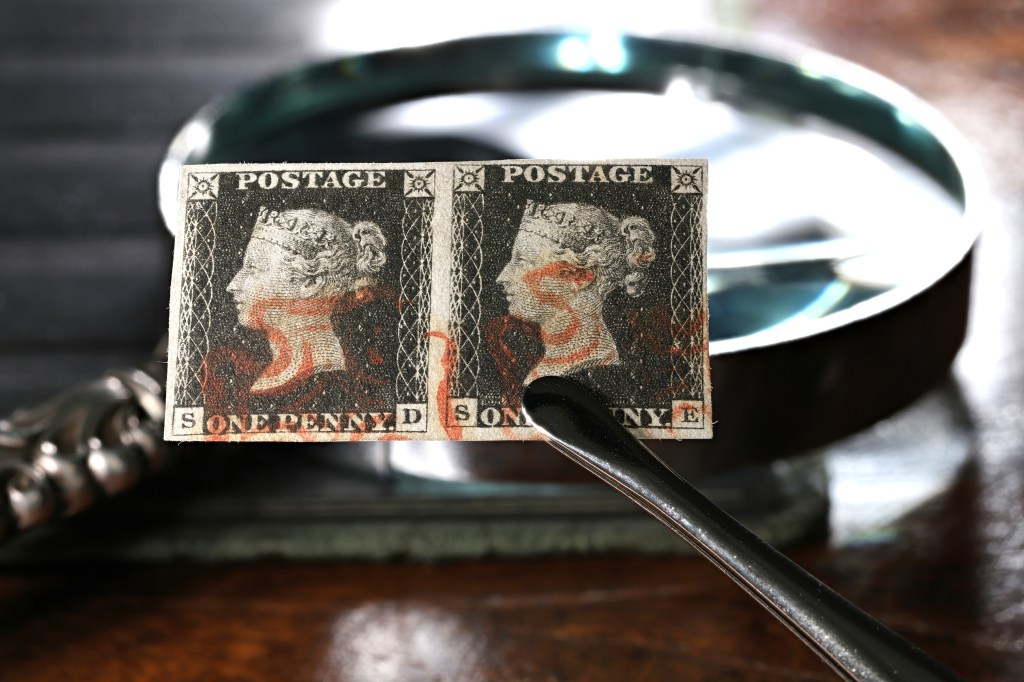
Navigating the World of Stamp Grading & Rarity
Stamp rarity offers an intricate journey into the history, craftsmanship, and narratives that each postage stamp embodies. Understanding how to identify rare gems can unlock a new level of appreciation for enthusiasts. The key lies in recognizing the stamp’s visual appeal and historical significance.
Rare stamp identification
Evaluating the rarity and value of stamps is an art and science. A stamp collector should consider factors such as condition, age, origin, and historical context, which play critical roles in determining rarity.
One of the most iconic error stamps is the Jenny Stamp, which was misprinted in 1918, and only one sheet was produced. The inverted Jenny is a 24-cent stamp meant to celebrate the first Air Mail flight but became famous for an entirely different reason – a significant printing error. The stamp features a plane, but unlike the intended design, the plane is depicted in an inverted position. The error occurred during a two-step printing process, which required the stamp to be fed through the machinery twice, once for each color. This complexity inadvertently led to the creation of the Jenny Stamp error when a single sheet was missed during quality control and made its way into the public sphere.
The swift recall of the remaining stamps only added to the Jenny Stamp’s allure and value, solidifying its status as one of the rarest stamps. Printing errors are not limited to the United States; they can be found in collections worldwide, each with a fascinating error story.
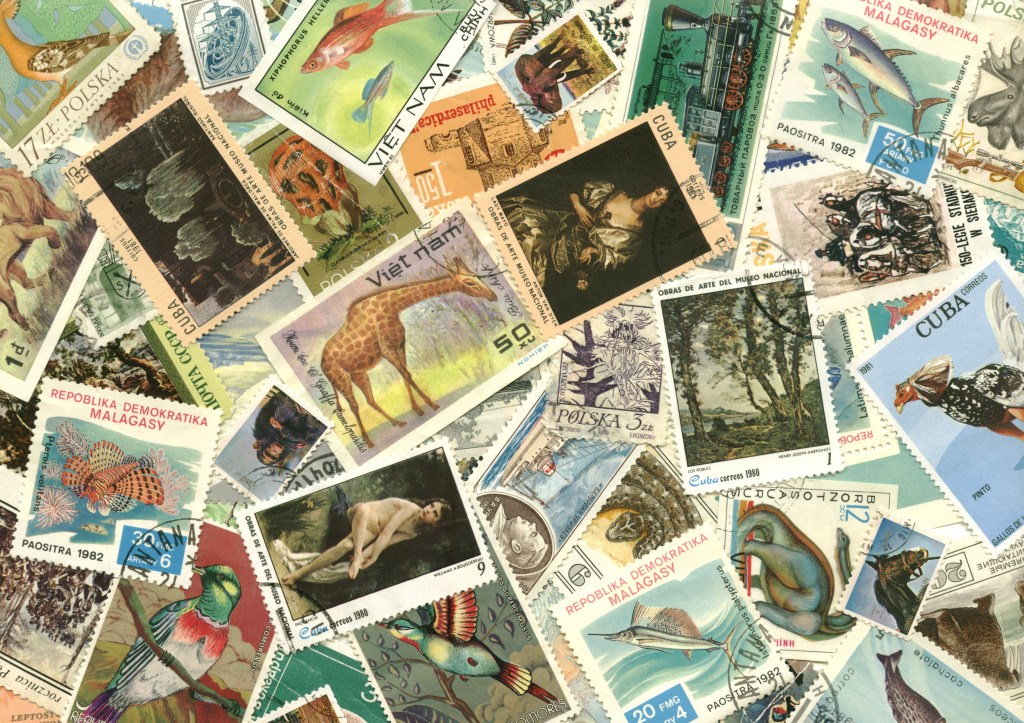
Embarking on Your Global Collector’s Journey
Prepare to embark on an exhilarating adventure as we guide you through the essential steps to start your journey as a global stamp collector. This thrilling and rewarding journey offers a unique lens into history, art, and international cultures. Whether you’re drawn to the vibrant storytelling in each stamp’s design or the thrill of hunting for rare and unique pieces, the path to becoming a global stamp collector is filled with discovery.
Starting a global stamp collection
Starting your stamp collection might seem daunting initially, but focusing on a few key areas can help you lay the foundation of an enjoyable collection. Begin by identifying your interests. Are you fascinated by the ornate designs of vintage stamps, or do you prefer stamps commemorating modern achievements and milestones? Think of a theme, such as stamps from every country or stamps that depict a particular subject, like animals, architecture, or even space exploration. Establishing a focus will help you navigate the vast array of stamps available and shape your collecting journey.
Remember, the adventure of stamp collecting is not just in the stamps themselves but in the stories they tell and the connections they forge. Each stamp you add to your collection is a step further on your global collector’s journey, bringing you closer to the rich tapestry of our world’s history and culture.
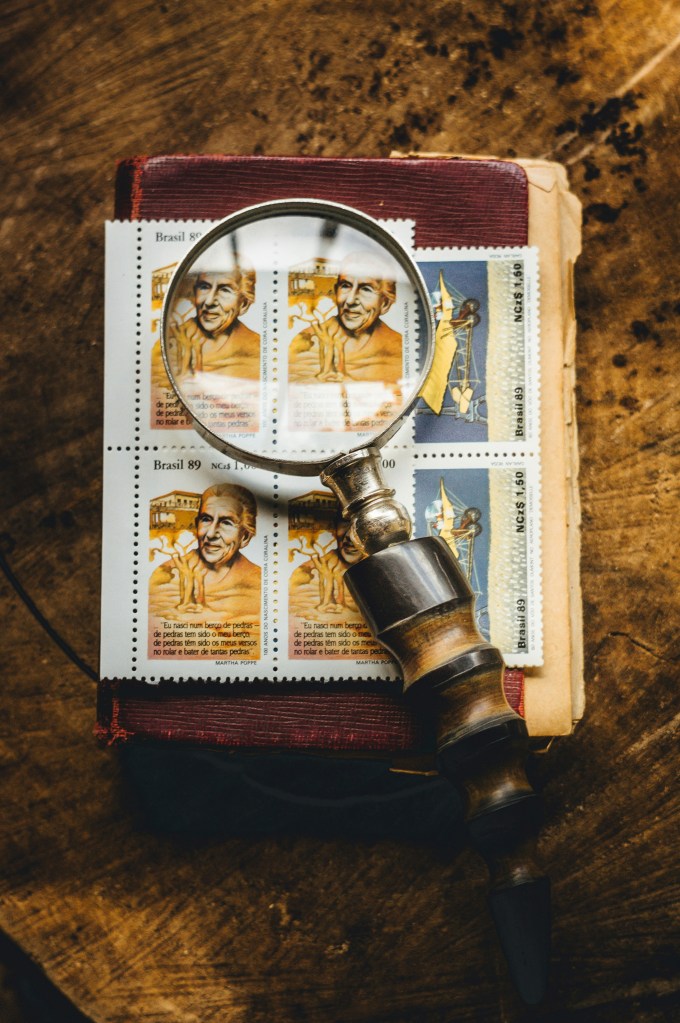
Exploring Exotic Stamp Finds Across Continents
Embarking on an unparalleled journey through the world of philately, we invite fellow enthusiasts to explore the vibrant and often elusive realm of exotic stamp finds spanning continents and time. Our adventure takes us far and wide, discovering rare stamps by continent, each with its story, each a piece of history waiting to be rediscovered.
Rare stamps by continent
As we set our sights on worldwide stamp exploration, we journey first to the heart of South America, where the legendary British Guiana 1c magenta originates. This stamp, famed not only for its rarity but also for its intriguing history, stands as a testament to stamp collectors. In these elusive finds, the true spirit of stamp collecting comes alive, offering a gateway into the rich tapestry of cultures and histories that shape our world.
Understanding the Rarity Scale: From Common to Unique
In the captivating realm of philately, every stamp tells a story rich with history and culture. Yet, the intrigue of stamp rarity often captivates collectors the most. Whether a stamp is a common issue readily available to enthusiasts or a unique treasure that surfaces once in a lifetime, understanding the nuances of rarity can significantly enhance one’s appreciation of this fascinating hobby.
Stamp rarity guide
The foundation of stamp collecting lies in the stamp rarity scale, a tool that guides collectors in discerning the relative scarcity of philatelic items. This scale ranges from standard stamps, which are easily accessible and often produced in vast quantities, to scarce specimens, some of which are the only ones of their kind. This scale is not just a measure of scarcity but a reflection of a stamp’s journey through history, the circumstances of its production, and its survival over the years.
Diving deeper into the world of stamp rarity reveals that various factors influence the levels of philatelic rarity. These can include the historical era of the stamp’s issuance, image anomalies, postal history, and even errors during the printing process that resulted in limited runs. Such characteristics can elevate a stamp from being merely uncommon to an esteemed rarity sought after by collectors worldwide.
In essence, the allure of stamp collecting lies not just in the pursuit of rare specimens but in delving into the stories they embody. By grasping the significance of rarity within the philatelic world, collectors embark on a journey of discovery, where each stamp serves as a portal to a bygone era, offering insights into the social, political, and historical narratives of its time.
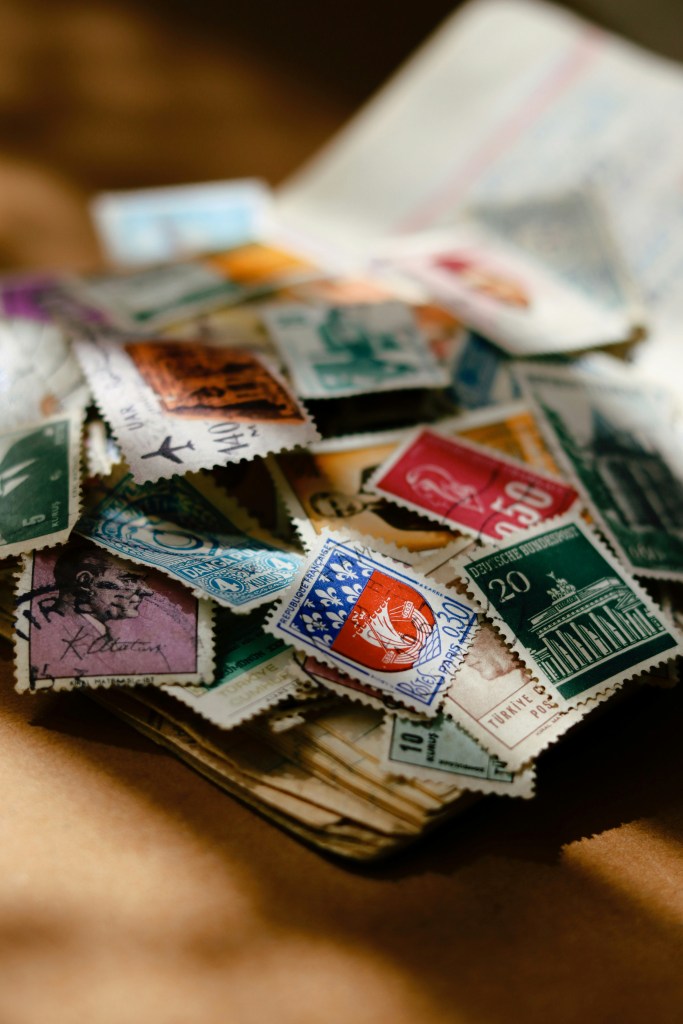
Insider Tips for Successful Stamp Hunting
Are you looking to enhance your stamp collecting? Here are some insider tips and trips designed to help elevate your stamp hunting skills, ensuring you’re well-equipped to find those rare and valuable pieces to add to your collection. This guide covers basic strategies to advance techniques and is for collectors of all levels. Whether you’re new to this journey or a seasoned pro, these insights can increase your chances of uncovering exceptional finds.
Strategies for building a collection
One of the basics for building a diverse stamp collection begins at home. Start by asking friends and family if they have any old stamps they no longer need. You’d be surprised at the treasures found in forgotten letters or collections gathering dust. Moving beyond your immediate circle, local post offices often have unique stamps that are not widely available. Additionally, establishing pen pals from different corners of the globe can provide a steady stream of exotic stamps, adding an international flair to your collection.
The internet and specialized events offer a treasure trove of opportunities for those searching for specific stamps or aiming to dive deeper. Online marketplaces are bustling with sellers worldwide, making them a prime destination for rare stamp hunters. Specialized stamp dealers can guide you to making significant additions to your collection. In addition, attending stamp fairs not only presents the chance to discover rare stamps but also allows you to connect with fellow collectors, enriching your collecting journey with shared insights and experiences.
Employing these strategies will help you uncover the stamps that will become the highlights of your collection.
Building Your Rare Stamp Collection: Strategies and Considerations
Building and managing a valuable and diverse collection involves incorporating strategies. Educating yourself about collecting stamps is key to understanding what makes certain stamps more desirable and valuable than others.
Building stamp collection
Diversifying your collection by seeking out stamps from different countries, eras, and themes can enhance its value and make the collecting journey more fascinating. Proper care and preservation of stamps are paramount, as their condition significantly affects their worth.
Additionally, connecting with fellow collectors through clubs or online forums can offer valuable insights, trading opportunities, and the shared joy of stamp collecting. With patience, persistence, and keenness for detail, building a stamp collection can be a gratifying pursuit
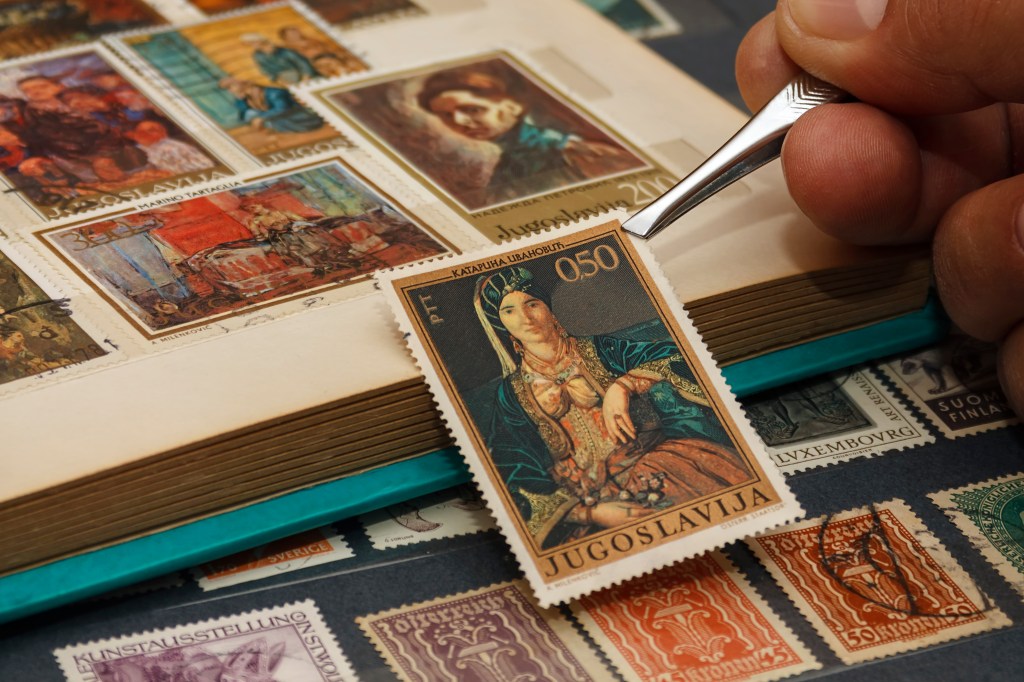
Conclusion: The Thrill of Rare Stamps and the Global Collector’s Quest
Diving into the world of rare stamp collecting is filled with treasures that transcend time and borders. This pursuit is a testament to unearthing stories from around the world. It’s a journey that celebrates the discovery of tiny global treasures.
Each stamp acts as a conduit between the past and present and offers a glimpse into a nation’s cultural, historical, and artistic heritage. This adventure, driven by the thrill of the hunt, continues to captivate collectors, fueling their desire to delve deeper into this fascinating world.
Sources
https://www.postalmuseum.org/blog/beginners-guide-to-stamp-collecting/
https://rickstamps.com/blog/world-stamps-exploring-the-stories-of-foreign-stamps
https://postalmuseum.si.edu/exhibition/international-philately
https://www.warwickandwarwick.com/news/guides/stamp-grading
https://www.postalmuseum.org/blog/worlds-rarest-stamps/
https://www.sothebys.com/en/articles/7-things-to-know-about-stamp-collecting

